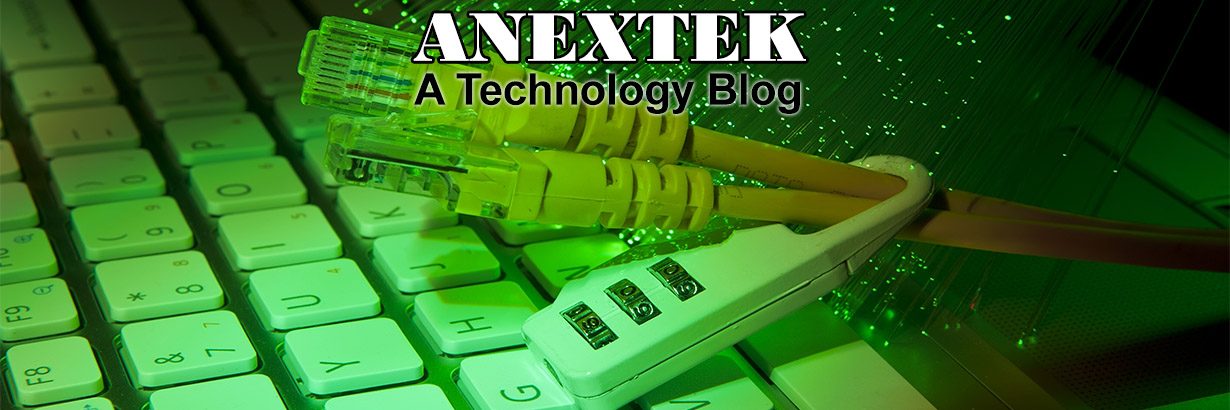If you have ever had an interest in becoming being an engineer involved with drilling for oil, then you should be aware of some of the technology that is present in many of the machinery used for this purpose. As an engineer, it is important that you understand how certain machines and sensors operate at a low level. Some examples of a rugged sensor system are downhole pressure transducers. The purpose of these sensors is to monitor the oil pressure as the hole is being drilled, which helps ensure that the process goes smoothly.
It is crucial to have accurate pressure instrumentation when drilling for oil. This is necessary because the pipe must be maintained at a constant pressure in order for the oil to flow at a predictable rate. The business in charge of selling the oil expects a constant production rate. It is crucial to maintain this rate in order to compete from a business point of view. Another example of a key sensor is the temperature sensor.
Because the drill may be operated at depth, a means of getting data to the surface is needed. A temperature transmitter may be used to monitor oil temperature at extreme depth. It works by taking the value that the temperature sensor reads, and sending it to the surface by radio signal. Temperature is important as another process control variable. Keeping this constant helps ensure a consistent flow rate from the well. These are just some of the topics that are important for an engineer interested in oil drilling must have an understanding of.
